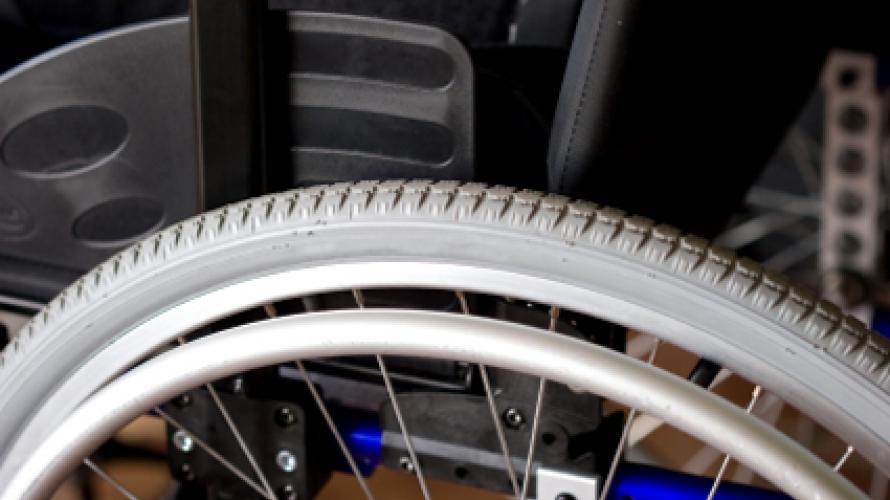
What is the study about?
This study looked at the frequency and types of wheelchair repairs, and related adverse consequences. The disparities between repairs needed and completed, and the locations where the repairs were completed were investigated. The results of this study may lead to a better understanding of type of wheelchair repairs needed and how they were completed.
What did the study find?
The frequency of self-reported wheelchair repairs has increased continually since 2004. The study shows that repairs to wheels and casters were frequently reported in manual wheelchairs, whereas repairs to the electronic and power system were frequently reported in power wheelchairs. There is a higher proportion of manual wheelchair users who completed the repair at home themselves compared to those with power wheelchair users. There is a higher proportion of power wheelchair users who had the repair completed at home by a vendor compared with manual wheelchair users. Furthermore, wheelchair breakdowns result in adverse consequences for users, and there are gaps between repairs needed and those completed. Most of the users reported their needs for 1 or more repairs in 6 months. The researchers were not able to statistically explain specific risks for wheelchair breakdowns, but cited occupation, funding sources and type of wheel chair as contributors.
Who participated in the study?
The study comprised of 591 participants who received care at 9 Spinal Cord Injury Model System sites and responded to the survey. The survey data was collected from October 2012 through May 2015. The participants were recruited through the National Spinal Cord Injury Database, local registries, flyers, and identification by clinical staff. For the purpose of this study, only participants who were older than 16 years of age, had neurologic impairment caused by a nonprogressive SCI that occurred 1 year or more before the study, and used a wheelchair 40 hours or more per week were included.
How was the study conducted?
A survey was sent out participants to collect information about age, gender, ethnicity, type of insurance, occupation and household income. Also, participants were asked about the type of wheelchair used, seat functions, manufacturer, total number of repairs needed in the past 6 months, repairs completed, adverse consequences, and place where most repairs were completed. Using this survey, researchers investigated participant characteristics and wheelchair-related variables, analyzed the associations among type of wheelchair and the place where the wheelchair repair was done, and assessed adverse consequence(s) including whether new wheelchairs were needed.
Reference
Toro, M. L., Worobey, L., Boninger, M., Cooper, R., & Pearlman, J. (2016). Type and Frequency of Reported Wheelchair Repairs and Related Adverse Consequences Among People with Spinal Cord Injury. Archives of Physical Medicine and Rehabilitation.
*The contents of this summary have been reviewed by the corresponding author of the original study.